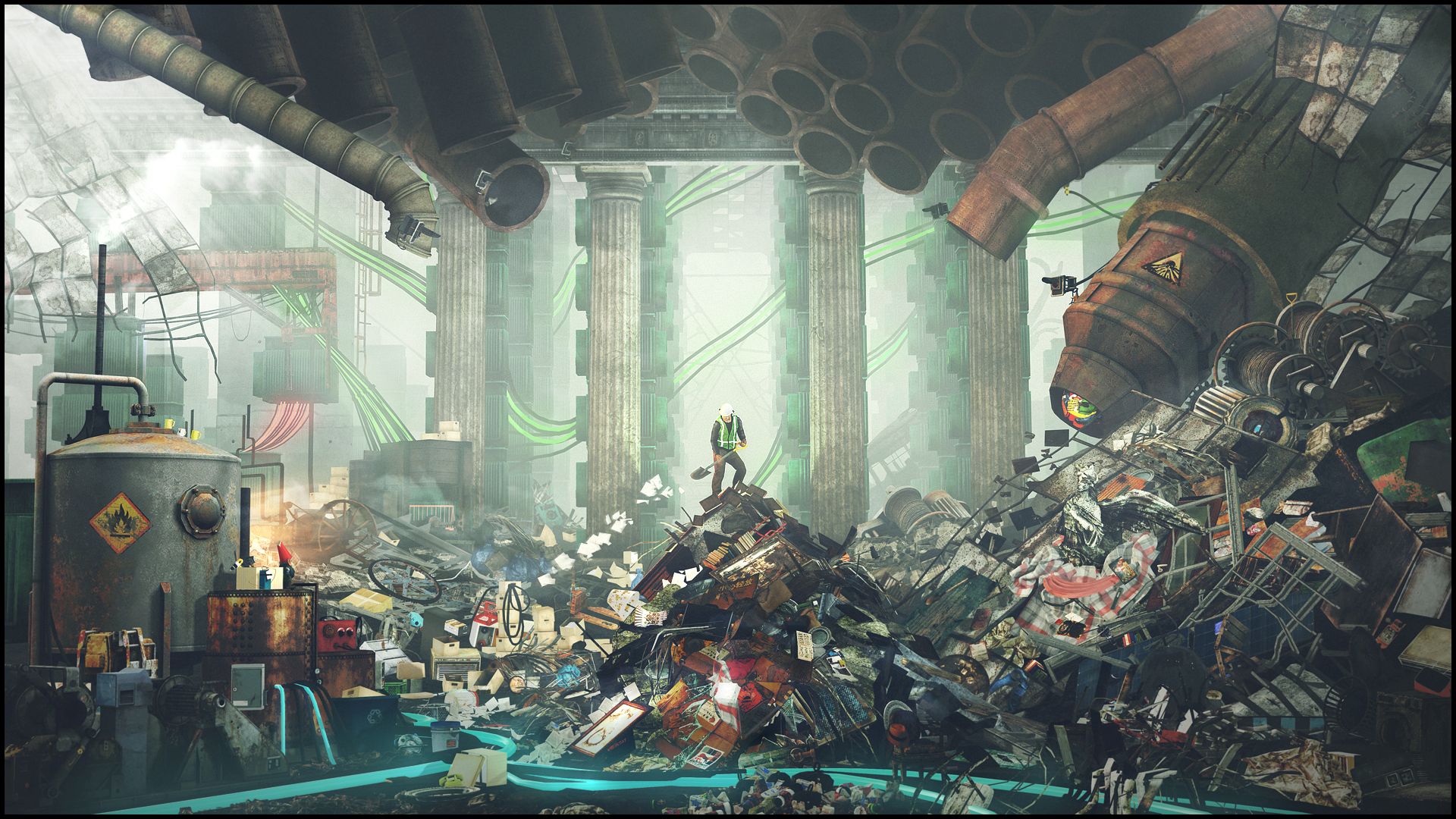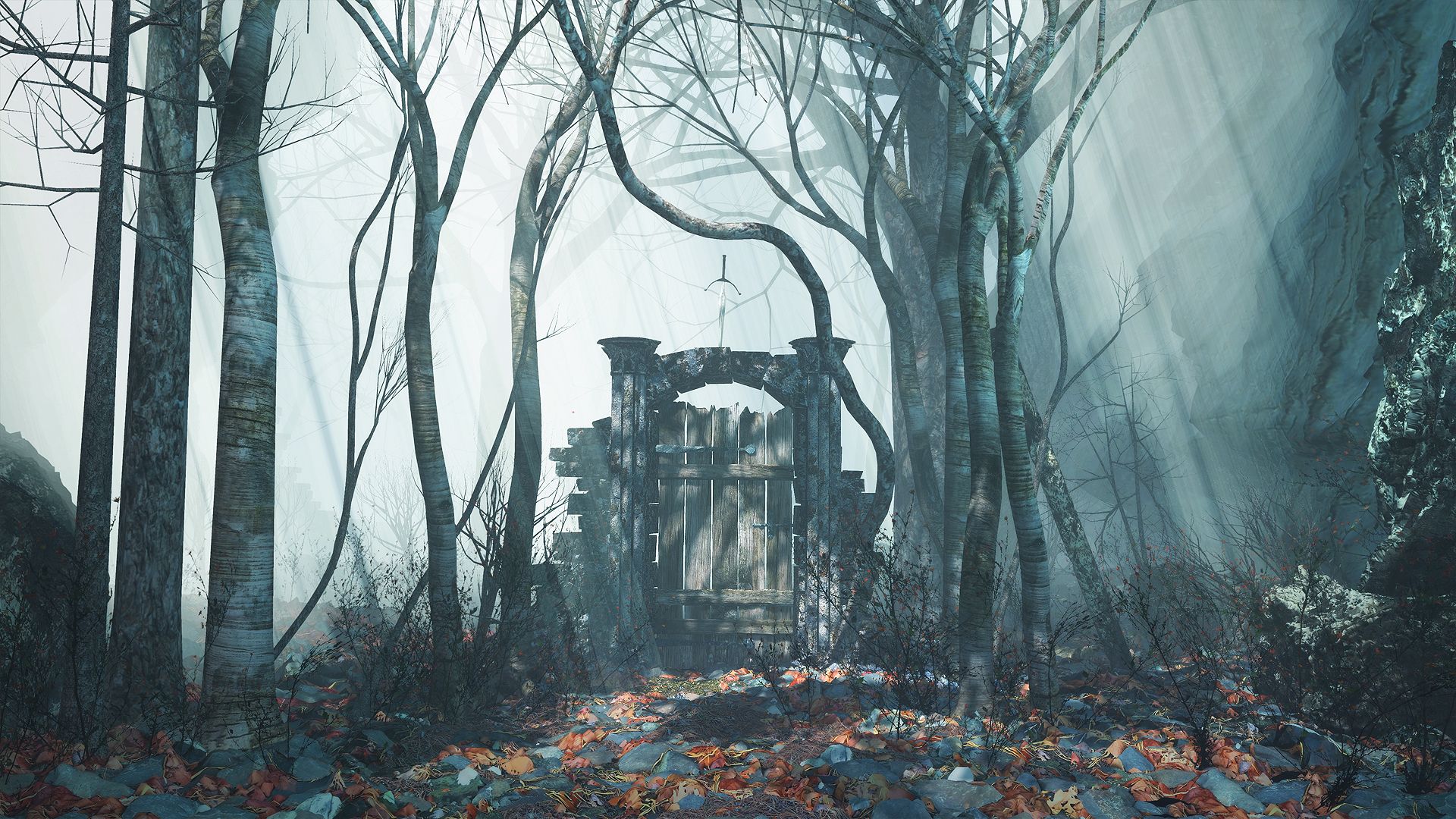"The School of Garry’s Mod involved looking at references of the fresco of the original School of Athens in the Vatican by Raphael and posing over 50 characters into a 3D modelled scenebuild."
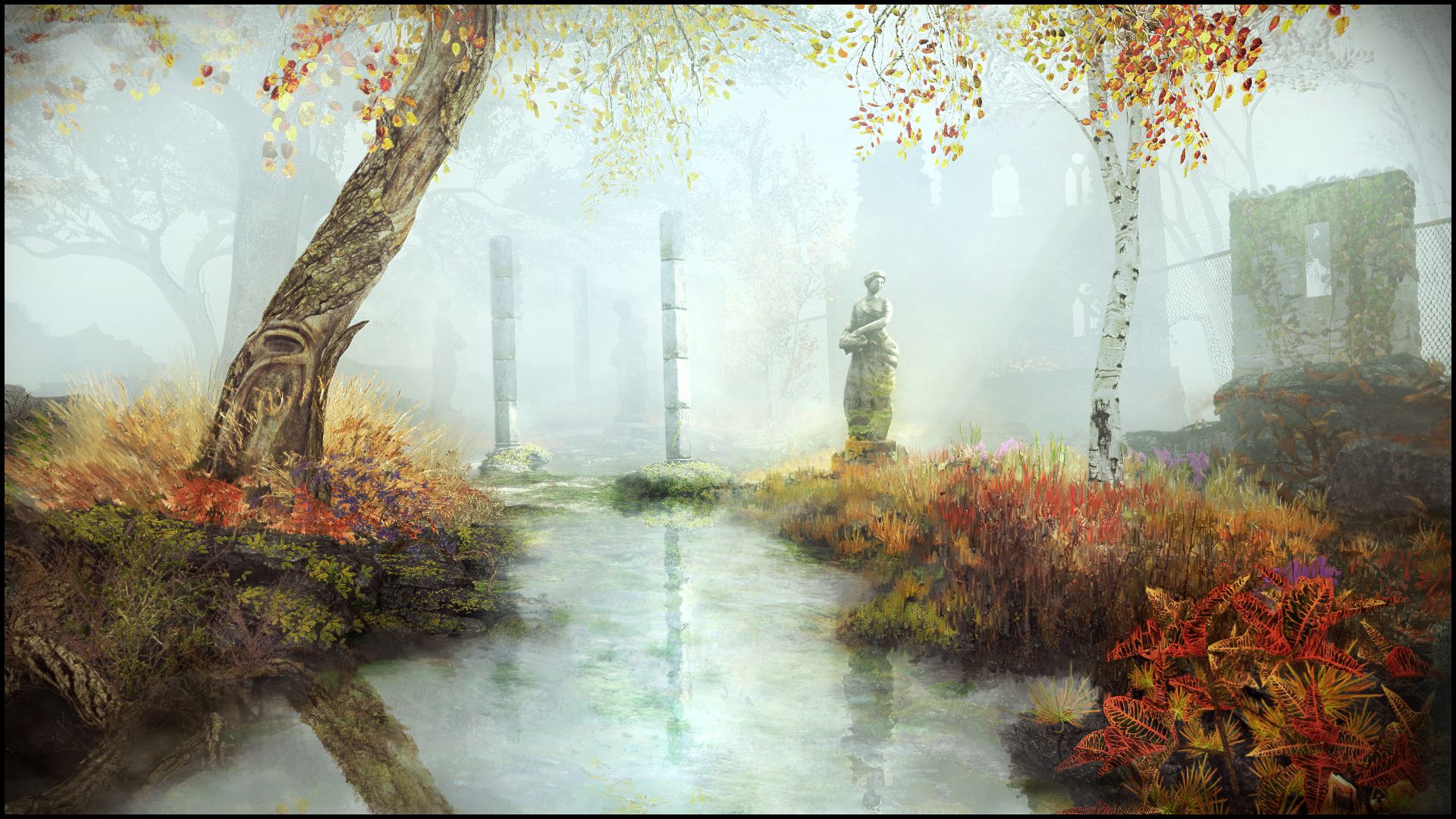 A more recent one with my models:
A more recent one with my models:
 Nowadays, I always jot down a concept on paper. I would draw where I want what object positioned, the angle, and, if necessary, create new models if an alternative isn't found in the workshop.
Here's a sketch for a giant fox statue I made for a client, next to the final result:
Nowadays, I always jot down a concept on paper. I would draw where I want what object positioned, the angle, and, if necessary, create new models if an alternative isn't found in the workshop.
Here's a sketch for a giant fox statue I made for a client, next to the final result:
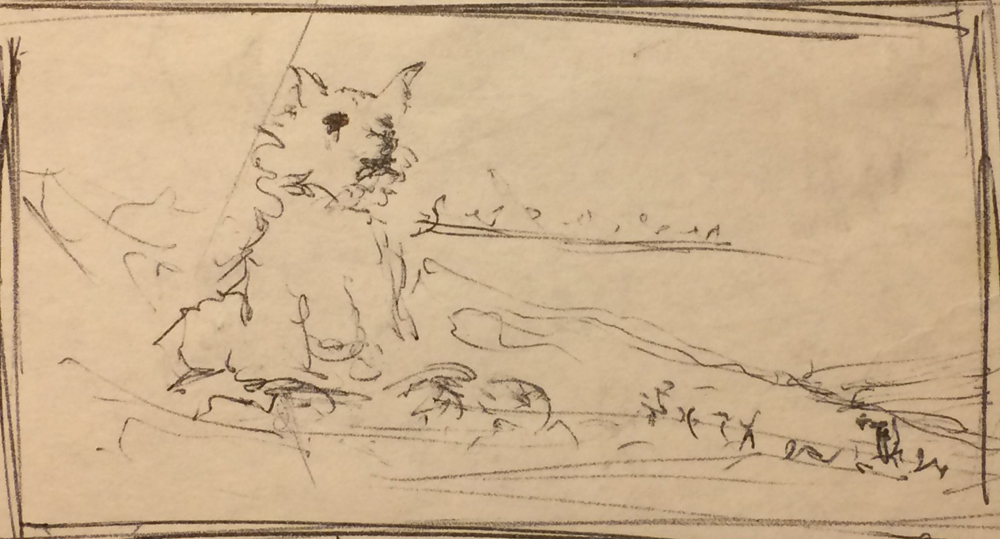

 You could even create some incredibly abstract props with it, such as Woodbai here, which is a reference to Dubai’s skyscrapers and how they occasionally have fire problems:
You could even create some incredibly abstract props with it, such as Woodbai here, which is a reference to Dubai’s skyscrapers and how they occasionally have fire problems:
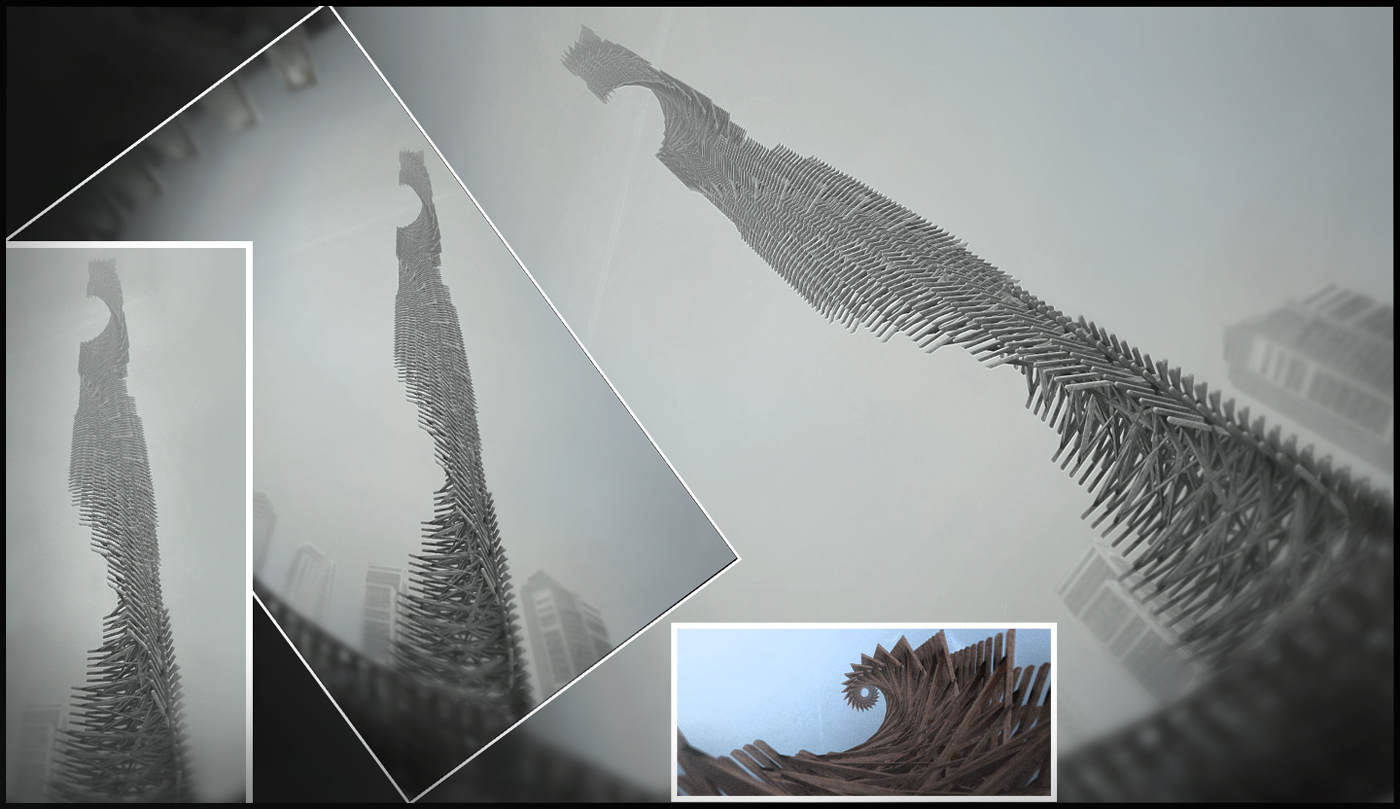 Surprisingly enough, the skyscraper is just one prop from cs_militia and consists of a wooden frame carefully stacked in an upward spiral over 100 times.
Additionally, new abstract architectural interiors could be made with this tool, such as the carefully spaced walls, steps, and even the brutalist looking cube in the middle here:
Surprisingly enough, the skyscraper is just one prop from cs_militia and consists of a wooden frame carefully stacked in an upward spiral over 100 times.
Additionally, new abstract architectural interiors could be made with this tool, such as the carefully spaced walls, steps, and even the brutalist looking cube in the middle here:
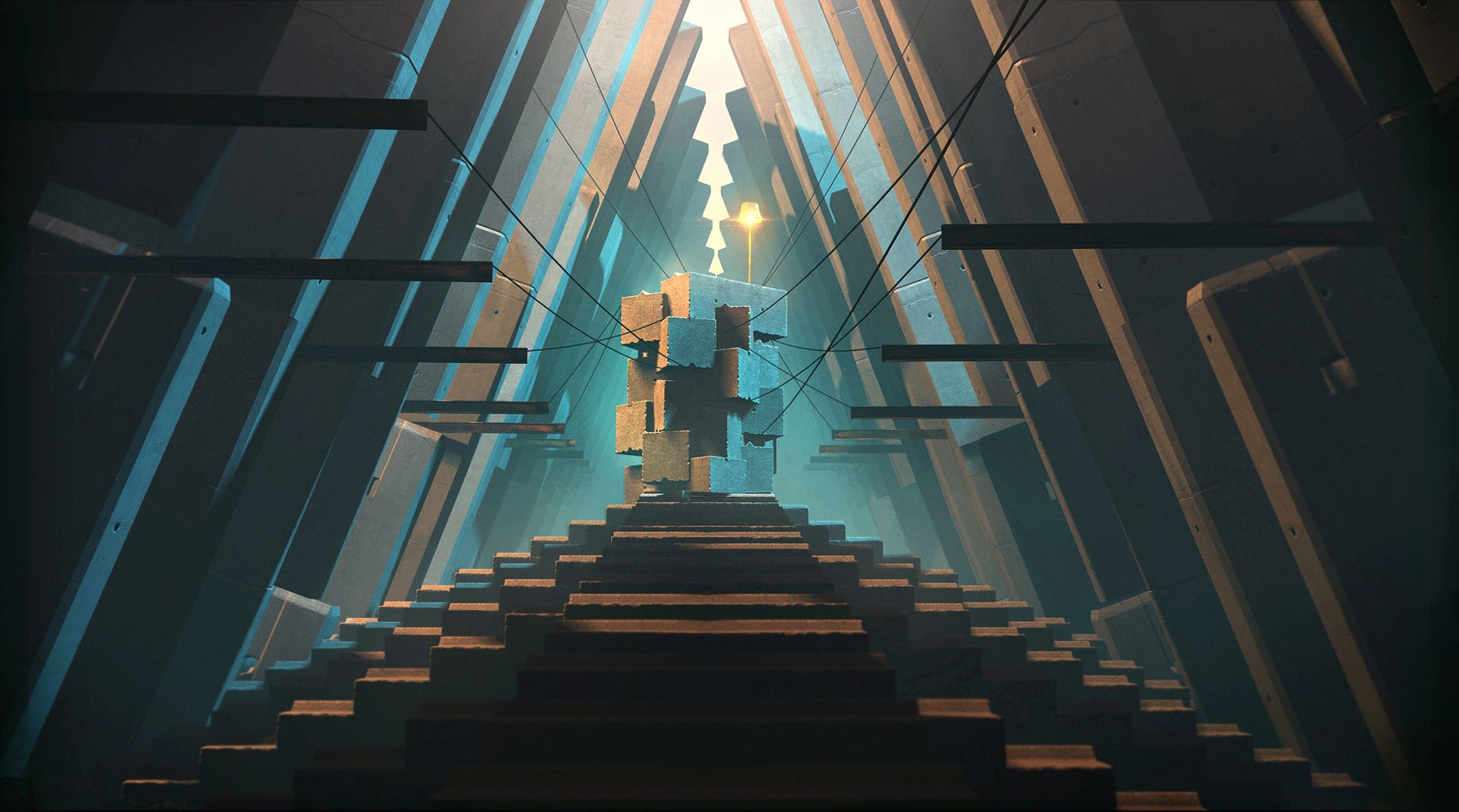 You can even make abstract subjects:
You can even make abstract subjects:
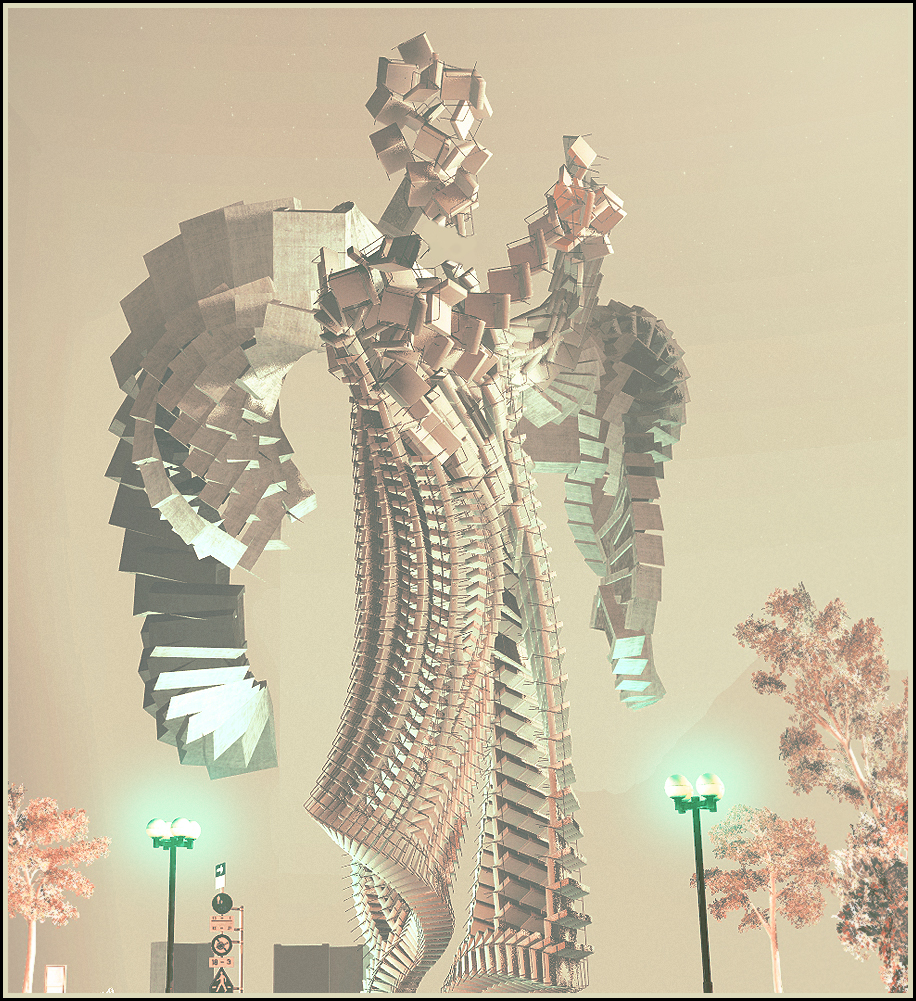 Yet I soon realised that there’s no nature going on here, so I started making nature props. I mainly created terrain, cliffs, rocks, or uneven walls at first using displacement geometry. Here's how: take a picture of a terrain with your camera, turn it black and white, use the black and white as offsets for your vertexes. If a spot is too bright, push that vertex up, if it’s too dark, push it lower. You'll wind up with an incredibly detailed terrain. Those were originally my first props, but I’ve recently learned to bring actual 3D objects from the real world into Garry’s Mod using photogrammetry by watching one Russian guy’s tutorial on Youtube here.
He wound up using three programs to transform images of an object in real life into a 3D model. I took it one step further by then porting my photo scanned 3D objects from Blender into Garry’s Mod. At one point I actually photo scanned mashed potatoes I made and added a stone texture to make it look like rocky terrain in Garry’s Mod.
Yet I soon realised that there’s no nature going on here, so I started making nature props. I mainly created terrain, cliffs, rocks, or uneven walls at first using displacement geometry. Here's how: take a picture of a terrain with your camera, turn it black and white, use the black and white as offsets for your vertexes. If a spot is too bright, push that vertex up, if it’s too dark, push it lower. You'll wind up with an incredibly detailed terrain. Those were originally my first props, but I’ve recently learned to bring actual 3D objects from the real world into Garry’s Mod using photogrammetry by watching one Russian guy’s tutorial on Youtube here.
He wound up using three programs to transform images of an object in real life into a 3D model. I took it one step further by then porting my photo scanned 3D objects from Blender into Garry’s Mod. At one point I actually photo scanned mashed potatoes I made and added a stone texture to make it look like rocky terrain in Garry’s Mod.
 I would also model props for Garry’s Mod just to learn how they could fit in my future scenebuilds, such as my French collection below. The vases ended up in my Ruby Hand picture:
I would also model props for Garry’s Mod just to learn how they could fit in my future scenebuilds, such as my French collection below. The vases ended up in my Ruby Hand picture:
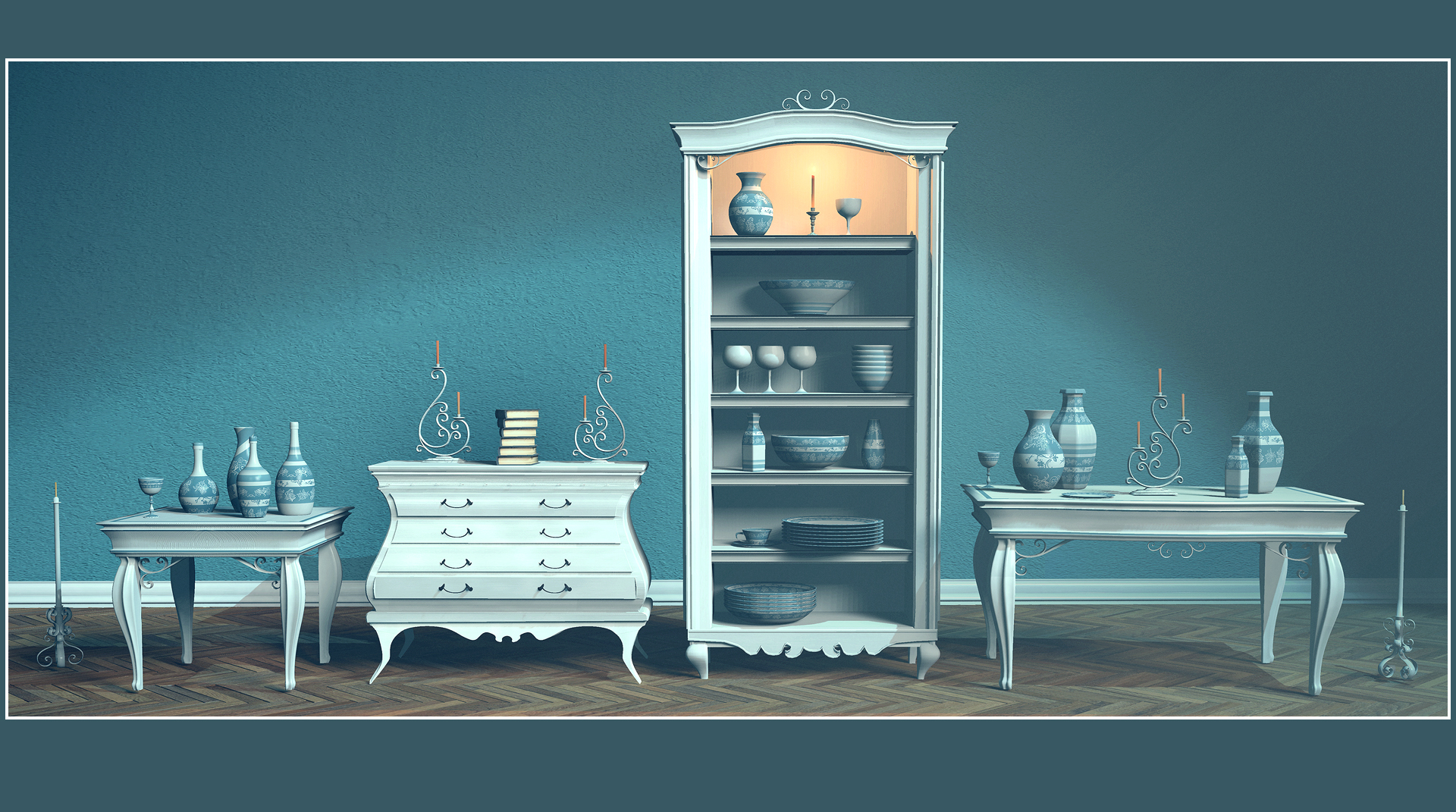
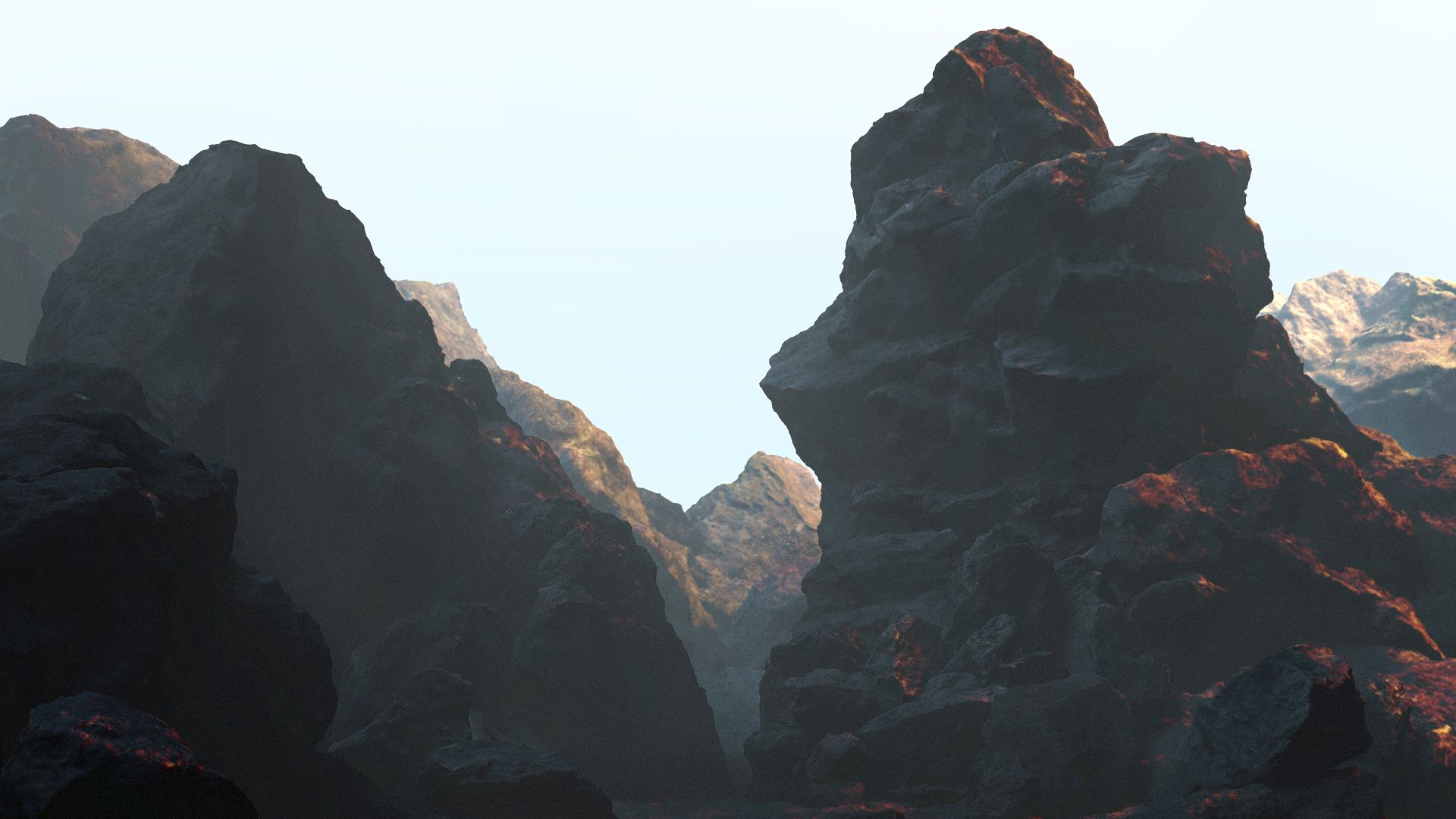 The entire canyon below was made with just one rearranged and resized rock I photoscanned. In reality, these rocks are 100 times smaller in real life:
The entire canyon below was made with just one rearranged and resized rock I photoscanned. In reality, these rocks are 100 times smaller in real life:
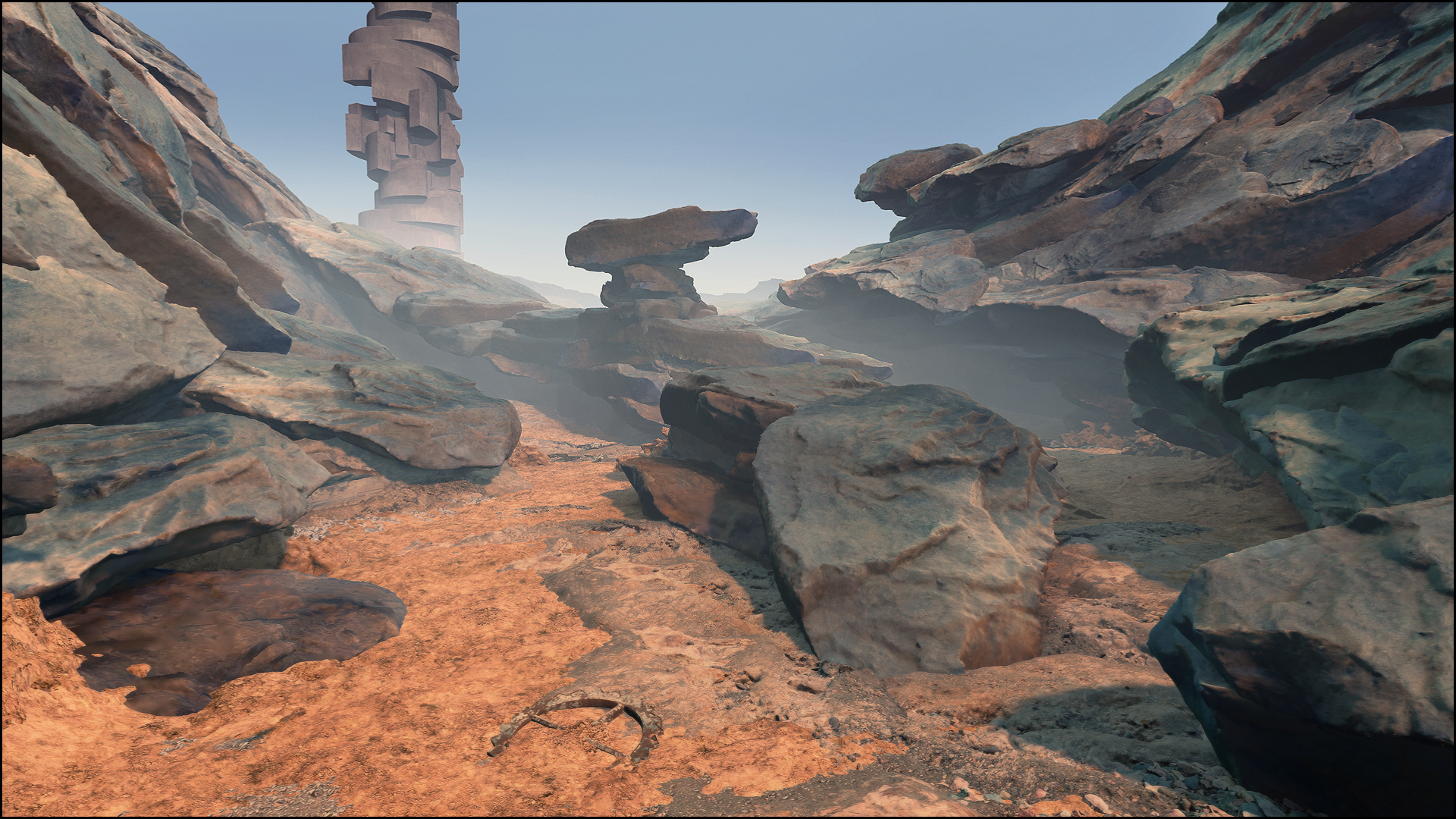 I also make gifs. In this one, I played around with the dynamic textures present in Garry’s Mod and combined it with flashing lamps:
I also make gifs. In this one, I played around with the dynamic textures present in Garry’s Mod and combined it with flashing lamps:
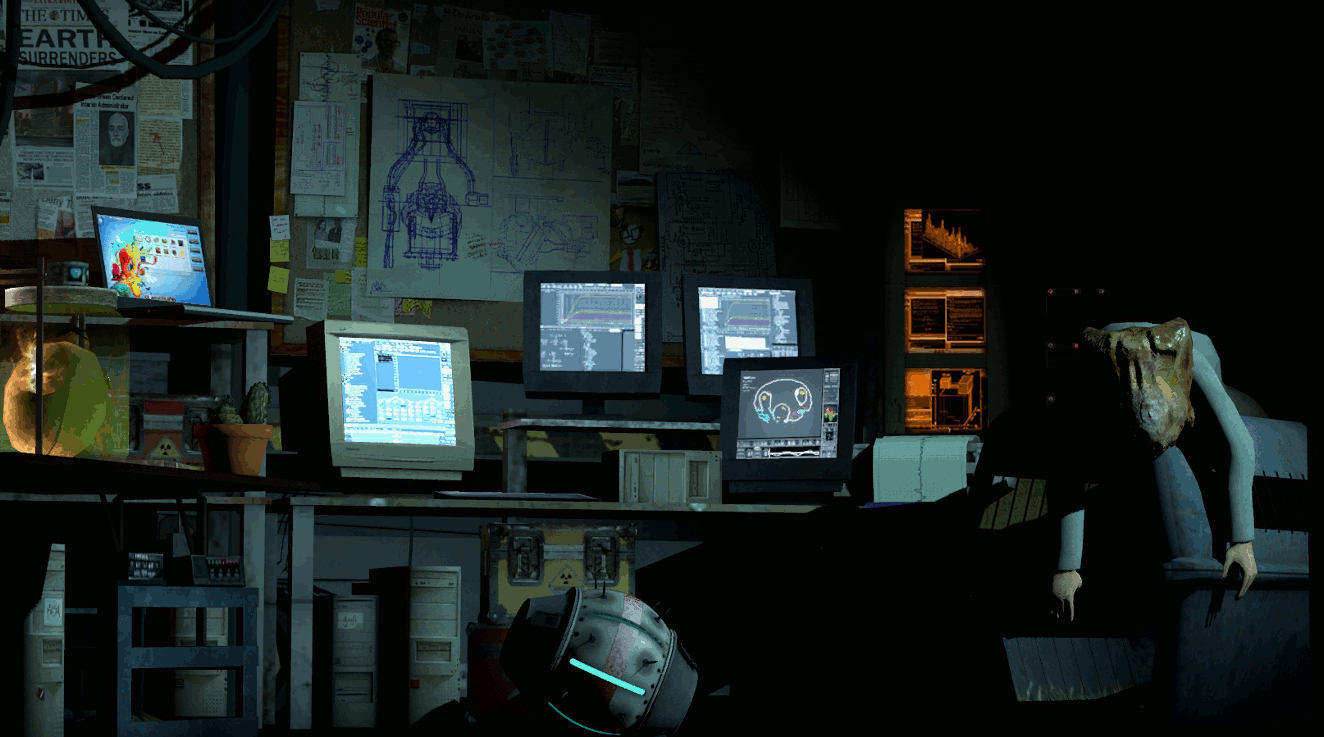 Additionally, I figured out if you combine an alpha pass from Garry’s Mod, which incorporates information about distance (taking a picture by disabling all lights and enabling white fog), with a regular picture you can create an interactive hologram, allowing you to shift the view by shifting your mouse.
Additionally, I figured out if you combine an alpha pass from Garry’s Mod, which incorporates information about distance (taking a picture by disabling all lights and enabling white fog), with a regular picture you can create an interactive hologram, allowing you to shift the view by shifting your mouse.
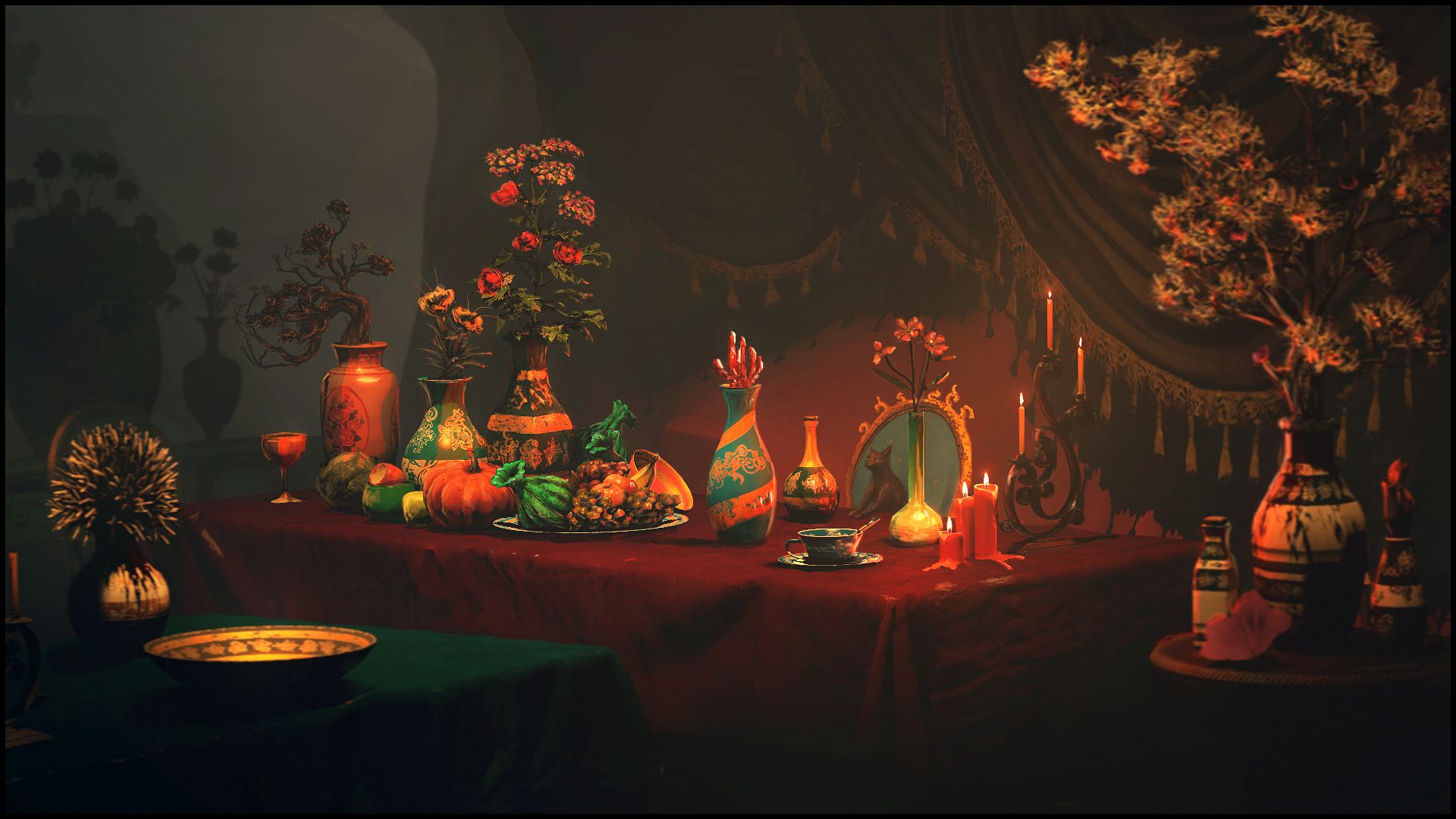
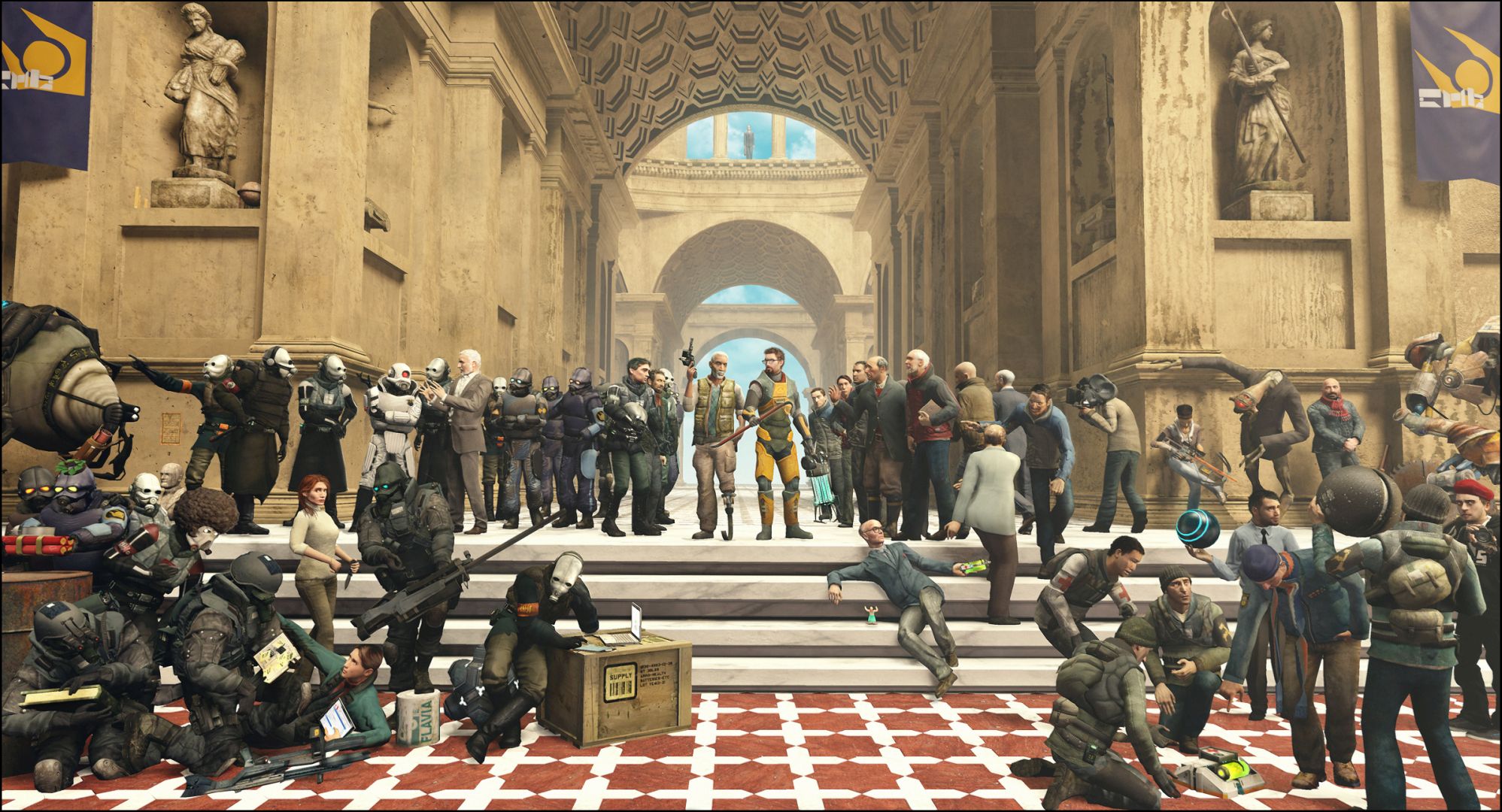
 After the components were done, I would construct the building in Garry’s Mod. My main inspiration for the building was Buckminster Fuller’s concept of how the triangle is the most stable of all shapes. You can observe this concept with bridges, cranes, and ceilings everywhere if you look closely. Here's an example from underneath the Golden Gate bridge.
All of the metallic civil infrastructure that we see today, such as warehouse ceilings and bridges, are connected in a triangular fashion to ensure stability when excess stress is present. My idea was to extend this concept of the triangle as the most stable of all shapes further into the realm of the aesthetic and to show how a classical architectural order can inhabit stability inside it as well, so that when an earthquake hits, at least the front of the building will be able to resist complete collapse.
After the components were done, I would construct the building in Garry’s Mod. My main inspiration for the building was Buckminster Fuller’s concept of how the triangle is the most stable of all shapes. You can observe this concept with bridges, cranes, and ceilings everywhere if you look closely. Here's an example from underneath the Golden Gate bridge.
All of the metallic civil infrastructure that we see today, such as warehouse ceilings and bridges, are connected in a triangular fashion to ensure stability when excess stress is present. My idea was to extend this concept of the triangle as the most stable of all shapes further into the realm of the aesthetic and to show how a classical architectural order can inhabit stability inside it as well, so that when an earthquake hits, at least the front of the building will be able to resist complete collapse.
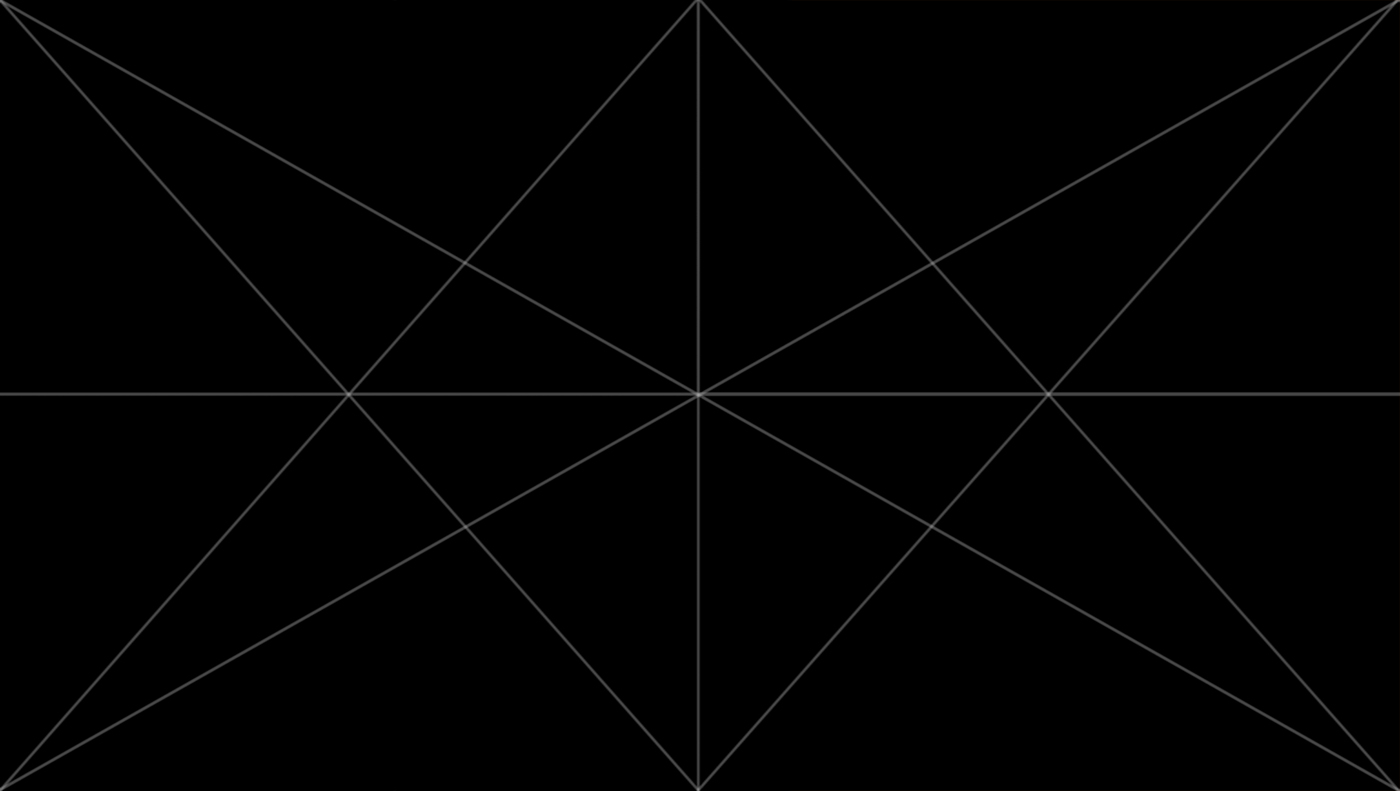 Whenever I am working on a big picture, I make sure to use that symmetry, especially if the picture’s subject is in the center. I first grasped the power of this technique when I made this strange abstract picture below.
Whenever I am working on a big picture, I make sure to use that symmetry, especially if the picture’s subject is in the center. I first grasped the power of this technique when I made this strange abstract picture below.
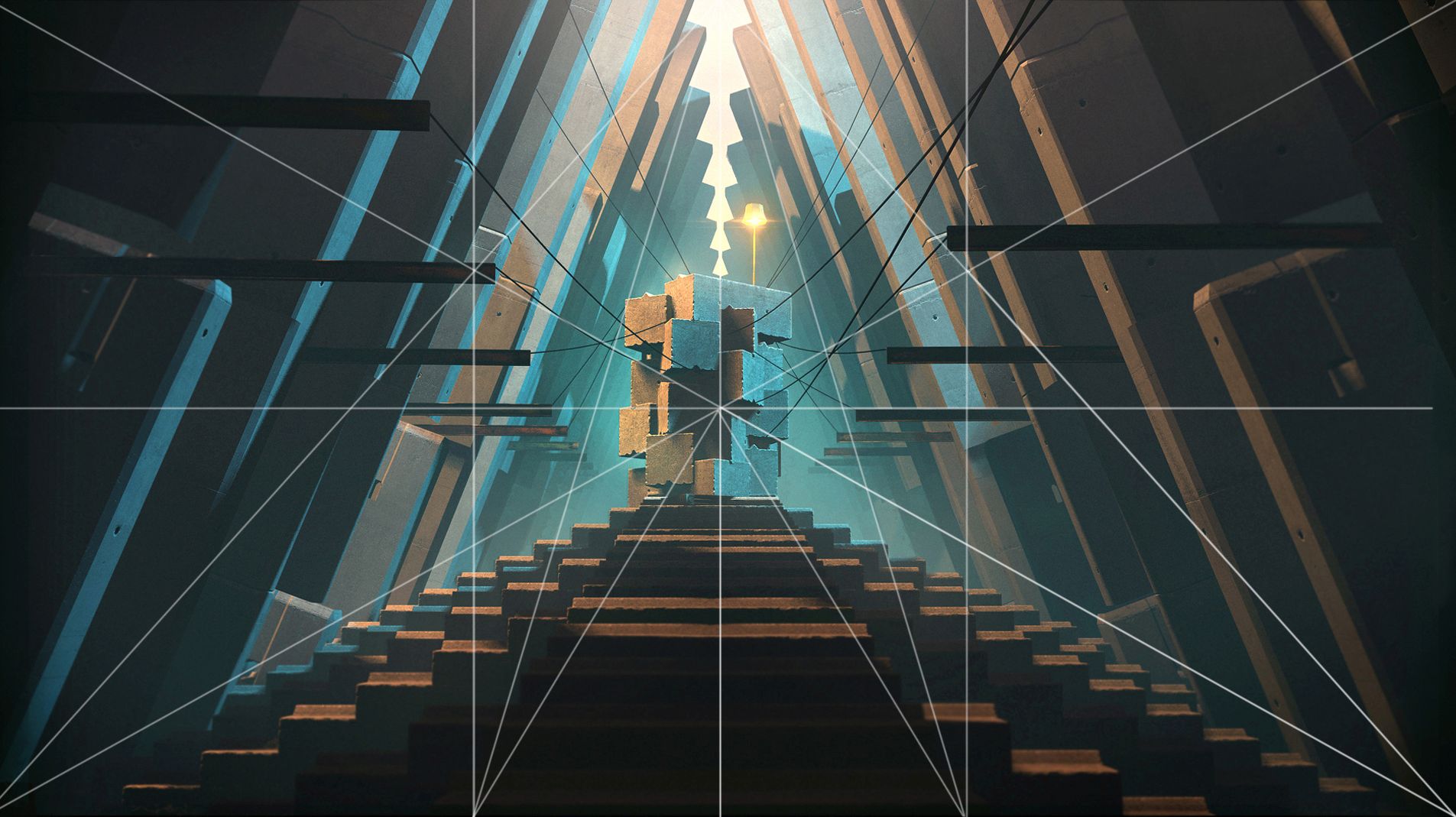 You can see how most of the diagonal lines intersect perfectly at certain spots. You can also see flaws in it: the interception of the beam in the top right does not match with the three white lines in comparison to the metal beam on the top left. This picture resonated a lot with the audience, for some reason, despite being so abstract. I kept wondering why and I boiled it down to color contrast (orange to blue), the symmetry, and the contrast from rigid geometric (triangles and squares) to fluid arabesque (the dangling curved ropes) shapes.
I decided to put this concept of symmetry to the test, this time with an interesting story to go with it. I was working on the concept of a tiny man working hard to get rid off all the stuff that you dump into your recycle bin. You can see in the outline below in orange, where I try to place props that explicitly try to either follow the lines of the symmetry or intersect right at it, as well as the arabesques in the background as a contrast to the rigid geometry.
You can see how most of the diagonal lines intersect perfectly at certain spots. You can also see flaws in it: the interception of the beam in the top right does not match with the three white lines in comparison to the metal beam on the top left. This picture resonated a lot with the audience, for some reason, despite being so abstract. I kept wondering why and I boiled it down to color contrast (orange to blue), the symmetry, and the contrast from rigid geometric (triangles and squares) to fluid arabesque (the dangling curved ropes) shapes.
I decided to put this concept of symmetry to the test, this time with an interesting story to go with it. I was working on the concept of a tiny man working hard to get rid off all the stuff that you dump into your recycle bin. You can see in the outline below in orange, where I try to place props that explicitly try to either follow the lines of the symmetry or intersect right at it, as well as the arabesques in the background as a contrast to the rigid geometry.

